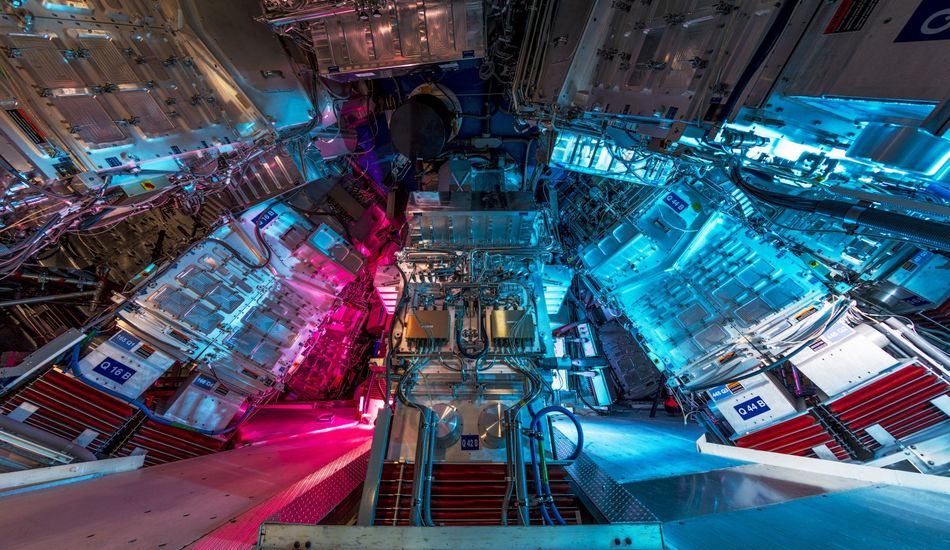
AI Revolutionizes Nuclear Fusion: Predicting Success with High Accuracy
I've always been fascinated by the potential of nuclear fusion. Imagine a world powered by clean, virtually limitless energy! However, achieving fusion is incredibly complex. That's why I was excited to learn about a new AI model developed at Lawrence Livermore National Laboratory. This isn't just another incremental improvement; it's a potential game-changer in how we approach fusion research.
The team, led by Kelli Humbird, created a deep learning model that can predict the outcome of fusion experiments with impressive accuracy. What makes this so crucial? Well, at facilities like the National Ignition Facility (NIF), they only get a limited number of "shots" at ignition each year. Each experiment is incredibly expensive and time-consuming. So, making informed decisions is paramount.
Think of it like this: trying to achieve nuclear fusion is like trying to climb a very high mountain without a reliable map. The old computer simulations were like those flawed maps – full of potential inaccuracies. This AI model is designed to be a much better map, taking into account all sorts of real-world imperfections, from laser misfires to target defects.
The AI doesn't just crunch numbers; it learns from past experiments, high-fidelity physics simulations, and expert knowledge. By analyzing this vast dataset, it can predict the probability of success for a given experiment. For example, it accurately predicted the results of a 2022 experiment at NIF, assigning a 74% probability for ignition.
While it's not a magic bullet, this AI model can significantly speed up the research process. It allows scientists to test their experimental designs preemptively, saving precious time and resources. In a field where progress can feel slow and setbacks are common, this kind of efficiency boost is invaluable. It's important to remember that fusion research is a marathon, not a sprint. As Humbird points out, the fact that we're now getting megajoules of yield instead of kilojoules is a huge step forward, even if things don't always go perfectly. I agree, we shouldn't get discouraged by failures. Every experiment, successful or not, provides valuable data that can be fed back into the AI model, making it even more accurate over time.
The Future is Bright
This research gives me hope that we're getting closer to unlocking the potential of nuclear fusion. It demonstrates the power of AI to accelerate scientific discovery and tackle some of the world's biggest challenges. I'm excited to see what the future holds!
1 Image of Nuclear Fusion:


Source: Gizmodo